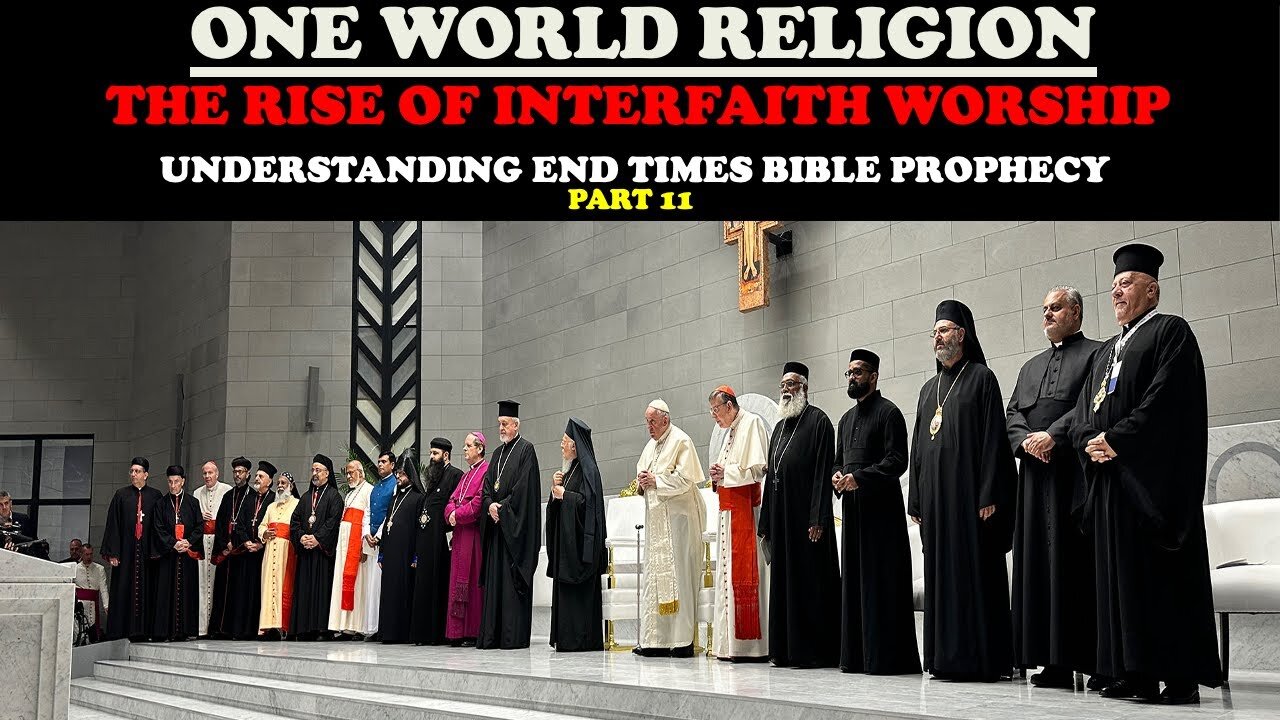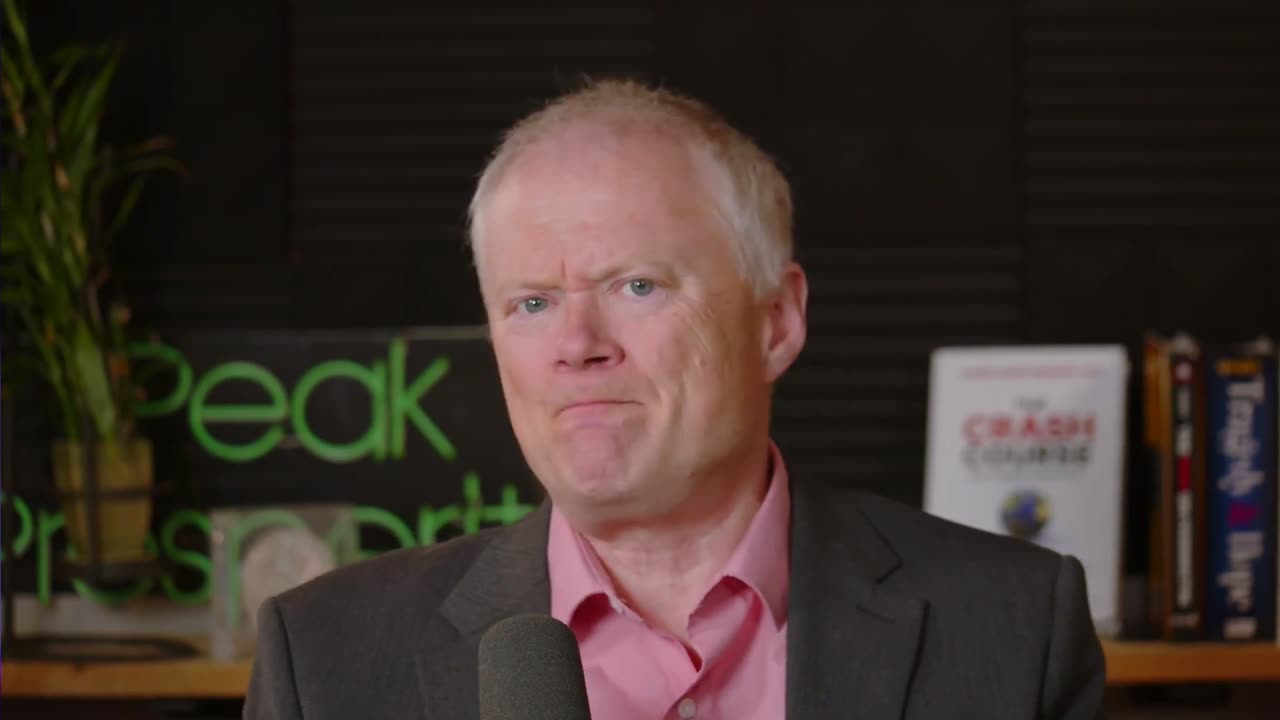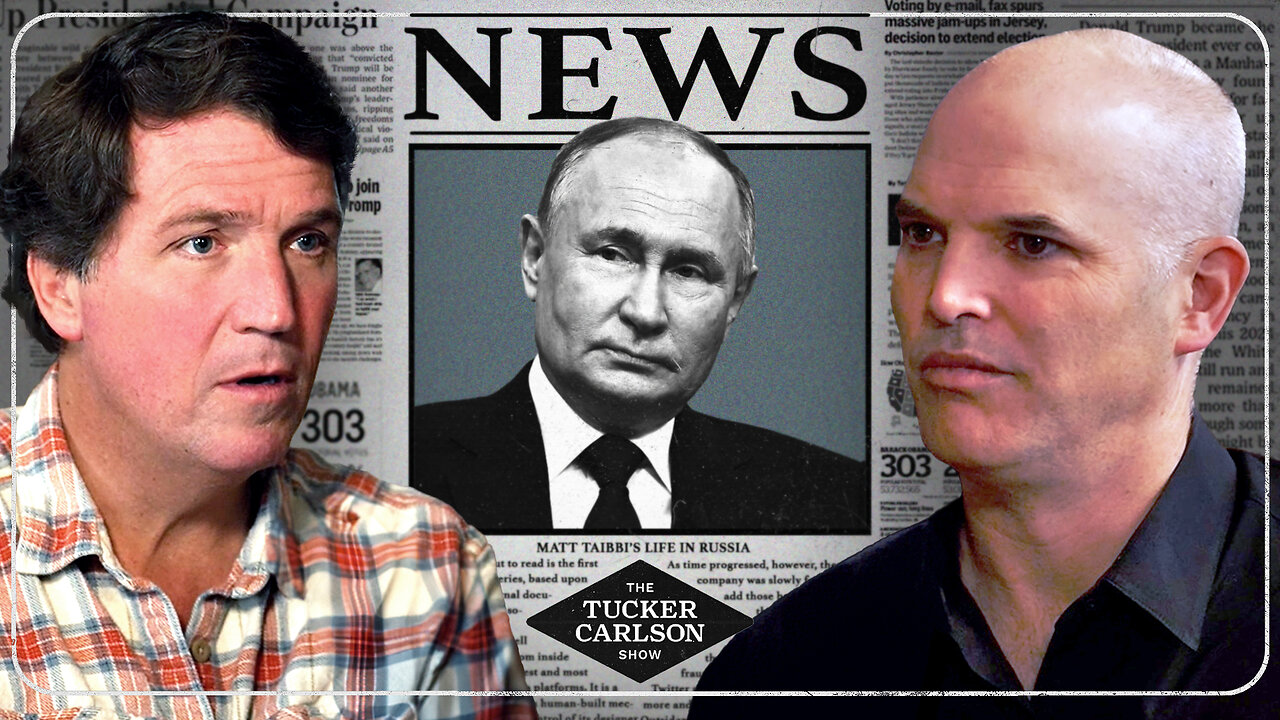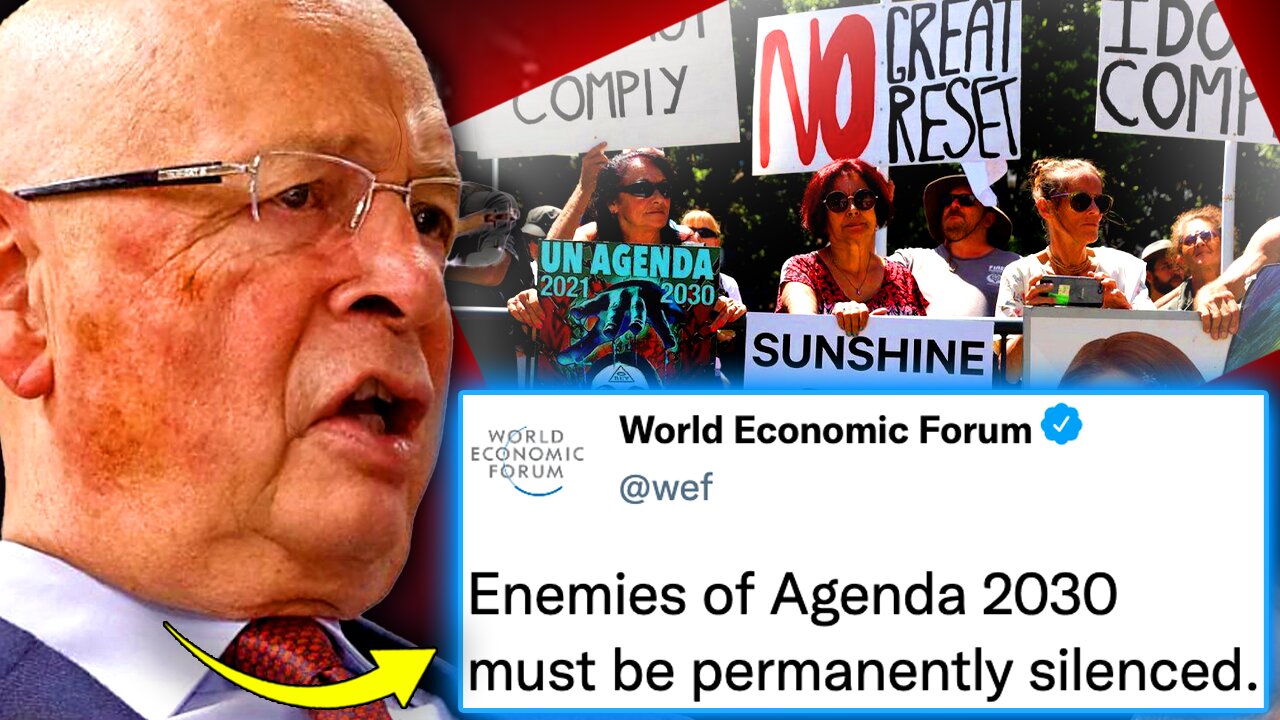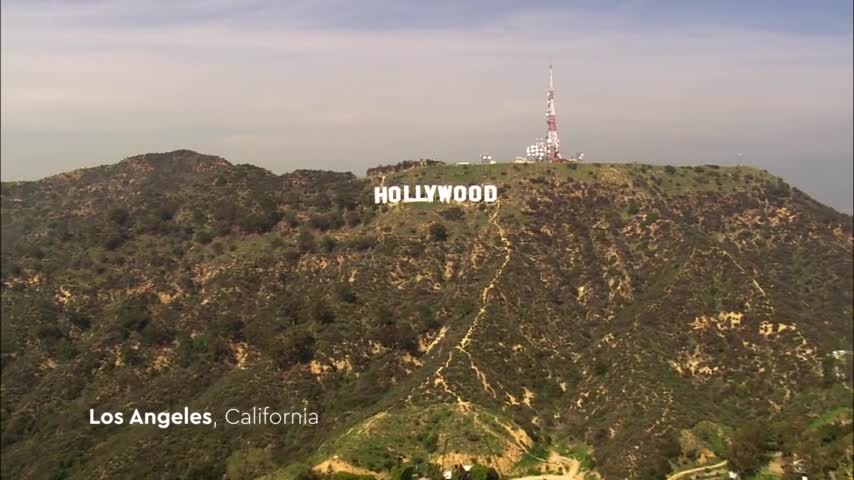The Improbable Rise of Dublin, Ireland
The story of how Dublin and Ireland has transformed from one of Europe's poorest countries to one of its wealthiest--an improbable rise in just 30 years. Subscribe to TDC for regular episodes: https://www.youtube.com/TheDailyConversation/ Main Sources: Ireland GDP Growth https://rb.gy/kzop2h Dublin stories w/ Prof David Dickson https://t.ly/_WBWK Partition https://rb.gy/95oufv Dublin wikipedia https://t.ly/p93Hr Why Dublin became a tech hub https://bit.ly/4cnBpOl Ireland wiki https://t.ly/ap4_4 The Troubles https://t.ly/rvdfA What's weird about Ireland's GDP https://linkye.net/pk8m Ireland Corp Tax rates https://rb.gy/hfz7jv Healthcare system overhaul https://rb.gy/dh6zia Budget surplus https://rb.gy/dorxl5 Ireland's wind export potential https://rebrand.ly/7qfbjge European wind generation by country https://rebrand.ly/5pubvqq Demographics of Ireland (Population and Immigration) https://rebrand.ly/pvxnt7z Americans with Irish descent https://t.ly/VLNXe Welcome to Dublin 0:00 Geography of Dublin 0:36 Vikings settle Ireland 0:53 English take control 1:04 Irish Rebellion 1:30 Partition of Ireland 2:19 Troubles 2:36 Good Friday Agreement 3:10 Economic Boom 3:27 Brexit bonus 4:12 Tax Haven 4:22 US Corporations 5:01 High living standards 5:22 Wind energy potential 6:10 Guinness 6:54 Loses 1/2 population 7:05 31.5 Million Irish Americans 7:22 Immigrants in Ireland 7:37 Script: The capital of the only native English-speaking country in the European Union is considered one of the most liveable and richest places in the world, but this success is a very recent phenomenon. For a millennium this rocky island was occupied by Vikings, then the English. Independence only came a century ago, and peace less than 25 years ago after the end of a decades-long low-level war with its neighbor to the north. This is Dublin, Ireland. On a bay where the River Liffey flows into the sea lies Ireland’s prime city, with a metropolitan population of 1.26 million, four times as large as Cork, the country’s second-largest metro area, 215 kilometers to the southwest. In 841 seafaring Vikings established a fortified base that grew into a substantial port and commercial center. In 1169 the Anglo-Normans invaded Ireland and for the next 750 years English Kings and Queens controlled the island. Dublin Castle, first founded in 1204, was the nerve center of the crown’s power here. Under the Protestant English the Catholic Irish were oppressed. Their land rights and ability to self-govern were stripped away. Influenced by the American and French Revolutions, Ireland’s push for independence began in earnest in the spring of 1798 when rebel leader Wolfe Tone led peasants against the highly trained redcoats in a prolonged campaign of battles throughout the island. Although it was ultimately snuffed out, for the next 125 years it inspired a series of agitations and uprisings against the British that extracted more and more rights for the Irish. A group of Irish rebels declared Independence in 1916, withstood six years of violent struggle with the empire by riding a growing wave of nationalist support, and ultimately won the right to self-government. But the island’s 6 northernmost counties with a Protestant majority chose to remain in the United Kingdom as a separate country called Northern Ireland. This was unacceptable to the Catholic majority in the South who wanted the entire island to be a unified free Republic. So a force calling themselves the Irish Republican Army launched a guerilla campaign of armed resistance against the British and the North focused on its capital, Belfast. This period, known as The Troubles, lasted for three decades, with violence spilling south into parts of the Republic and even across the sea in England. Finally, everyone had had enough, and peace was achieved with the Good Friday agreement. Between 1995 and 2000 growth averaged an astounding 9.4%, and stayed strong at 5.9% per year until 2008. This dramatic rise meant Irish incomes surged past every other European Country except tiny Luxembourg But the biggest key to Dublin’s turnaround may be its ridiculously low headline corporate tax rate that stood - as of 2023 - at 12.5%, compared to 29.9% in Germany, 25.8% in France and the Netherlands, and 25% in Spain and Turkey. But for lawmakers in Dublin, transforming into one of the world's largest tax havens was a brilliant move at the end of The Troubles, with U.S.–controlled multinationals now making up twenty-five of the top 50 businesses in Ireland, including the EU headquarters of giants Pfizer, Microsoft, Google, and Apple. For example, every Irish has access to low-cost public healthcare, and leaders from every major political party are united in undertaking an ambitious transition to a universal system - Sláintecare. wind power, which now makes up 36% of Ireland’s electricity generation, the second-highest ratio in Europe. A new electricity interconnector with France is coming online in 2026
